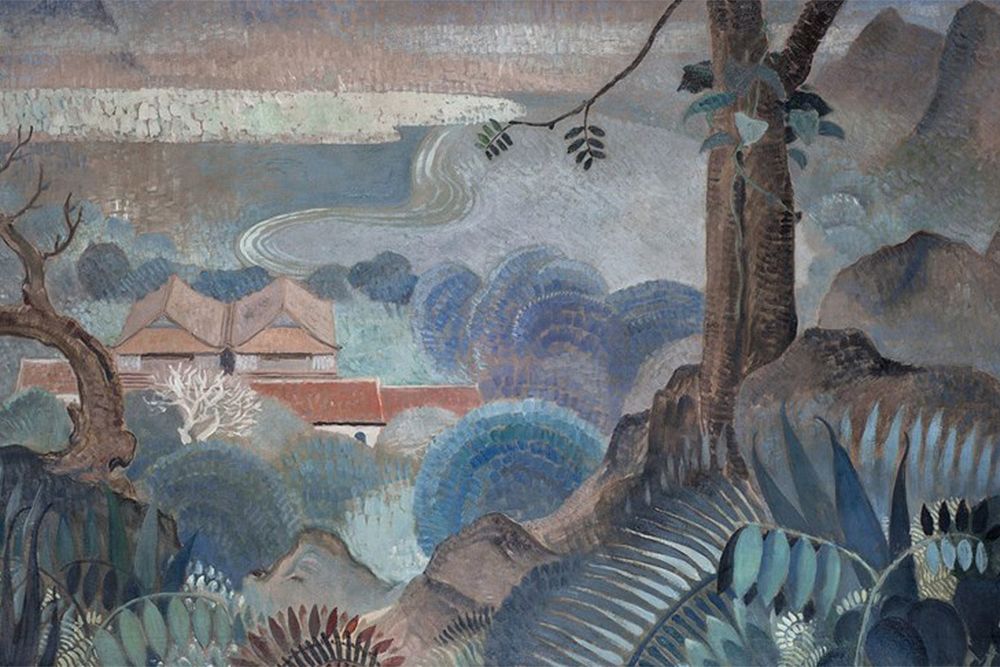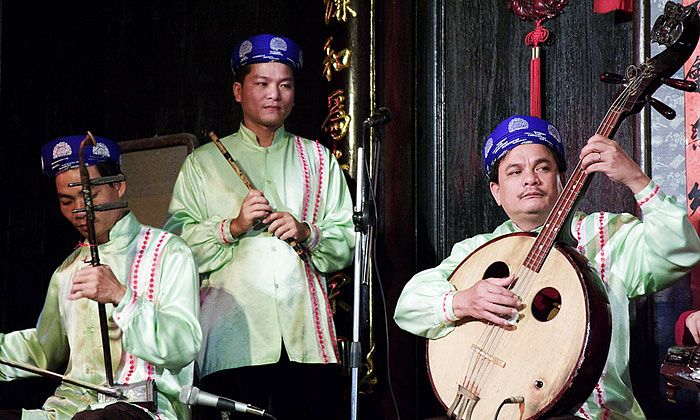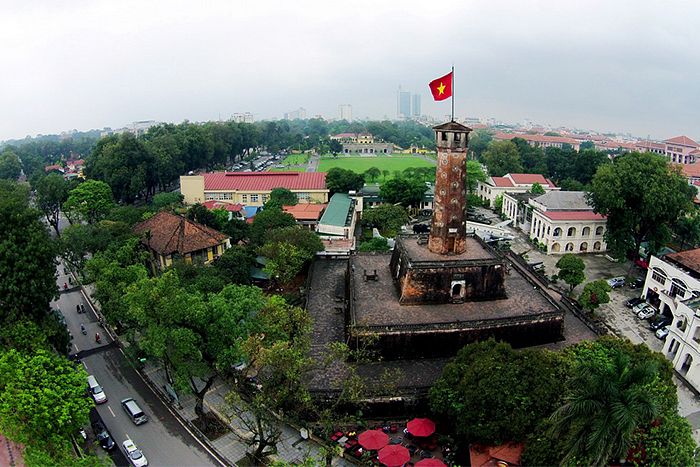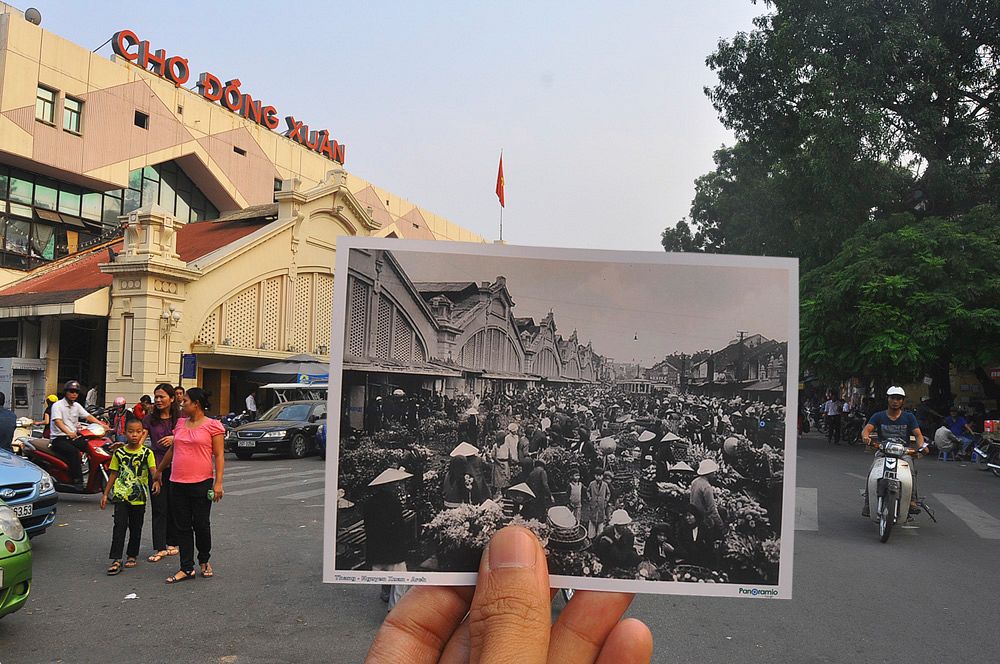While digital SLRs are all the rage these days, some photographers are moving in the opposite direction, opting for bare-bones techniques that provide unpredictable (and exciting) results. Will Brantingham is one such photographer who writes about his experimentation with the art of pinhole photography.

A while after I made the switch into digital photography I started to find that I missed some aspects of using more basic film cameras. Perhaps the more hands on element of direct contact with the film itself played a part, I'm not sure, but I think it was mainly that I felt that there was an element of unpredictability with film that wasn't there with the efficient and reliable sensor in my new DSLR.


I started to read about and experiment with film techniques that I hadn't attempted before, such as cross processing, red scale, multiple exposures. Pinhole photography was one of these techniques that I experimented with and I found I liked the fact that the images weren't fully 'sharp', that the depth of field (of focus) was huge, and that the long exposure times could give interesting and rather ethereal results.

Initially, I made a pinhole that could be mounted onto my film SLR using the body cap. The results from this method were encouraging but not exactly what I was looking for. A bit of research through the many pinhole resources online pointed me in the direction of larger format film, the only practical option for which was 120 roll film.

My first attempts to construct my own pinhole cameras were pretty shoddy, but within a couple of tries I had myself a basic, working, wooden pinhole camera to experiment with around Hanoi.


Pinhole conversions of broken old cameras came next, as I removed lenses and salvaged shutters from old medium format TLRs and folding cameras to make new pinhole machines. I'm currently (though slowly) working on plans for a panoramic pinhole camera. Some of these images here were made with my homemade or converted cameras and some with a fantastic wooden camera I picked up on Hong Kong made by Zero Image.
You can check out more of Will’s work at his blog Luminance.














